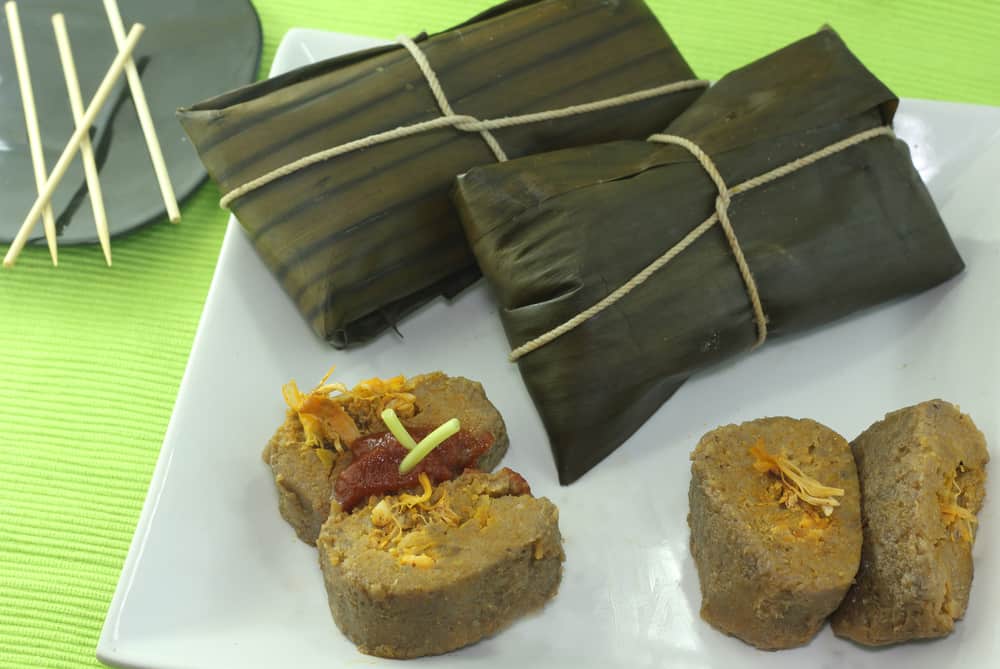25 Delicious and healthy holiday dishes from around the world. For many, the holiday season is a time for family and food. While most holiday food is quite decadent and not necessarily diet-friendly, it is possible to seek out dishes that fall on the healthier side of the spectrum. During the holiday festivities, practice moderation when it comes to all those decadent dishes and treats, and opt for some of these healthier choices. This holiday season, take inspiration from around the world with these global holiday dishes.
Ever wondered how other countries celebrate Christmas? What about the foods that they eat on the big day? From Australia to France, we’ve rounded up some of the most traditional treats served around the world during the festive period We’ve discovered some delicious Christmas recipes from around the world that are well worth adding to your Yuletide feast. From Australia to France, we’ve rounded up some best Christmas recipes from around the world. Everyone does it differently, and that’s what makes the holidays so special.

1. Puerto Rico: Pasteles
Pasteles are a classic Christmas dish in Puerto Rico. Making pasteles requires time and patience. The inner portion of the pasteles consists of a mixture of ground pork and an adobo blended spice sauce. The outer portion is made using a special masa dough made of grated green bananas, yautía, and spices. After allowing the dough to sit for a few hours, the masa is placed on banana leaves, the pork filling is added, and it’s wrapped. Traditional Puertorican pasteles are boiled in hot water and served with rice, meat, fish, pigeon peas, and hot sauce for a delicious holiday feast.
Pasteles are a type of tamal made with pork and adobo stuffing encased in a green plantain masa and wrapped in banana leaves. Although time-consuming and labor-intensive, these pasteles are worth the effort. Pasteles are delicious and the masa, made of a combination of yucca, taro, green banana, plantain, potato, and pumpkin. They are moist and slightly sweet, both a refreshing change if you’ve only tasted corn masa and a nice foil to the stewed pork it encloses.
